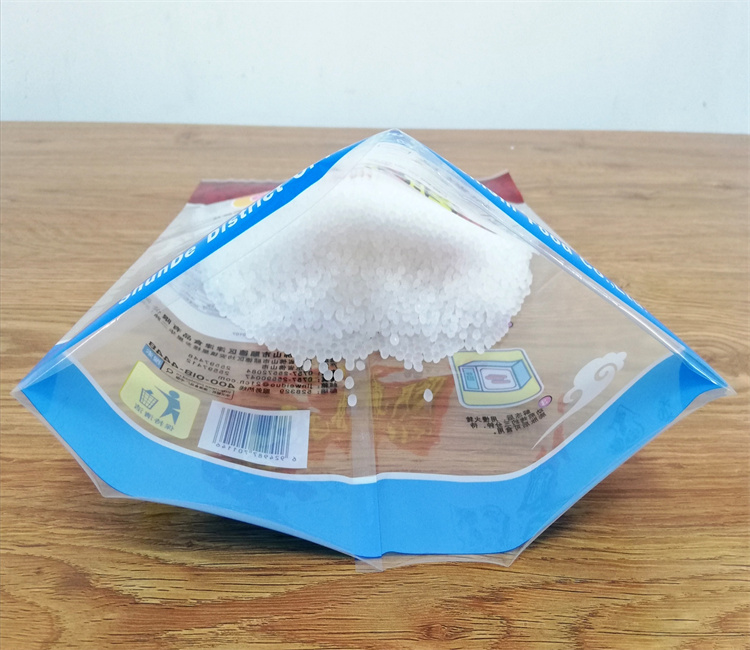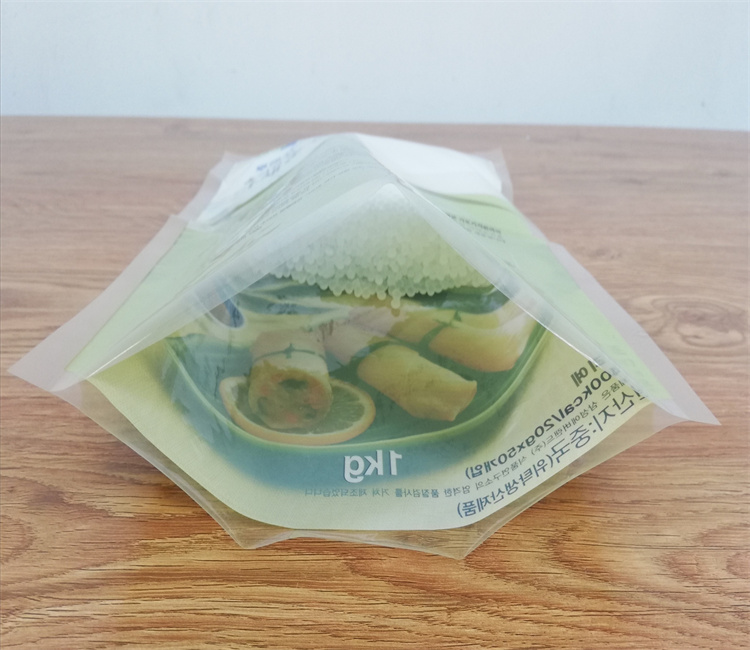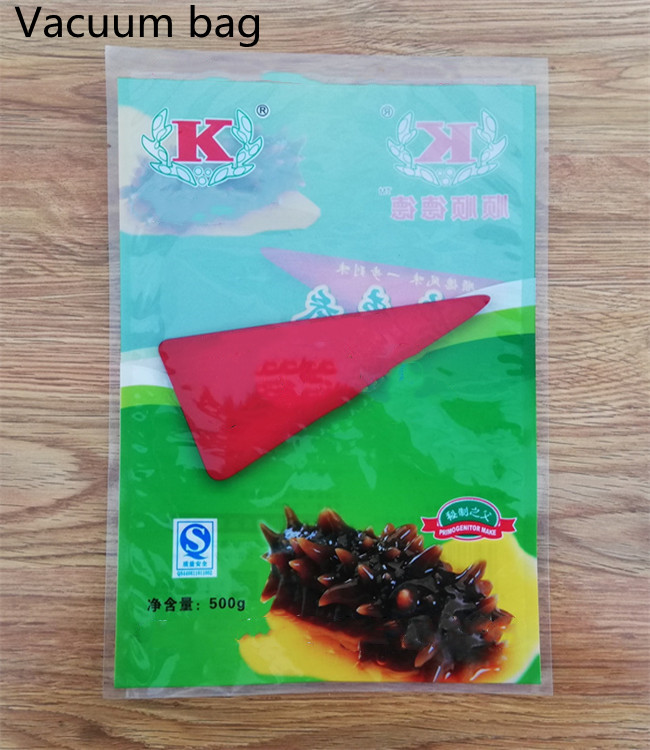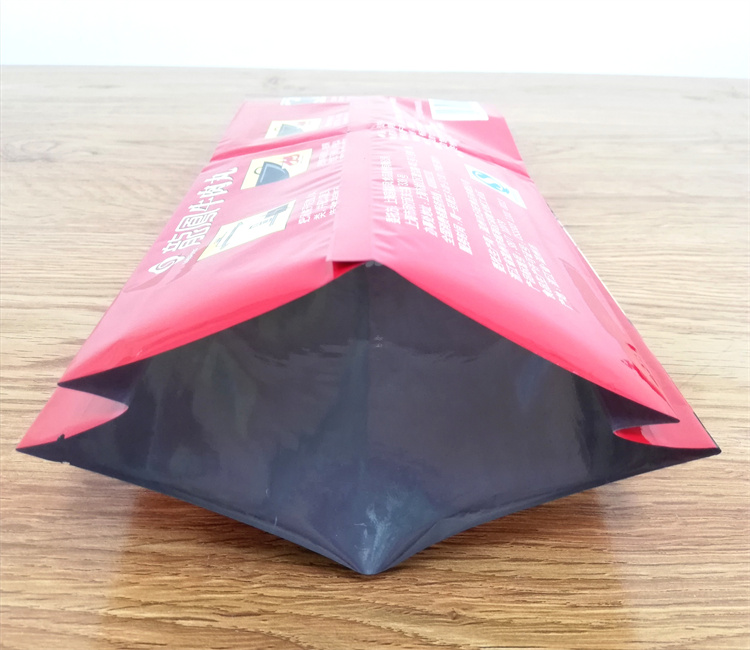Changing Consumer Demands in Packaging: Sustainability, Recyclability, and Clean Labels
Thereis ample evidence that the pandemic greatly affected the way consumers shop andhow they think and feel about multiple aspects of their food, including thepackaging.
Before2020, consumers indicated a growing awareness of sustainability andrecyclability in packaging but ranked it far behind issues such as cost andquality in terms of importance. However, under a looming public health threat,many consumers began to focus more on both personal and environmental health.
Severalmonths into 2022, it’s clear that attitudes have shifted further, and moreconsumers are intentionally seeking out packaging that appears sustainable orrecyclable. In a highly competitive market, packaging manufacturers will needto consider the impact of these consumer changes on their organizations.
Issustainability in food packaging the future?
While 54% of consumers think about sustainablepackaging while shopping, considerable confusion remains about what sustainableand recyclable mean. The number of consumers who ranked sustainable packagingas of little to no importance has decreased.
Whileawareness of sustainable packaging increased among all age groups, youngerconsumers lead the way both in awareness and ranking it as an important factorto consider when purchasing products. And across all age groups, nine out often people believe strongly that school-aged children should learn how torecycle responsibly. As Gen Z and Millennial shoppers become a more significantportion of the consumer population, their preference for eco-friendly andsustainable choices across multiple industries is increasingly affectingpackaging from creation to end of life, and will only increase in the future.
Agrowing awareness of a package’s final destination
Misconceptionsabout what kinds of packaging are recyclable and how much packaging is makingit to recycling facilities abound. 70% of all consumers say they think aboutsustainable packaging when making purchases, but most do not realize how littlepackaging actually gets recycled.
Accordingto Trivium Packaging’s Buying Green Report, the majority of metal packagingdoes get recycled. But contrary to popular belief, most plastic and paperpackaging is not or cannot be easily recycled or composted. Less than two infive people are confident in their ability to recycle effectively at home. Manymunicipalities lack the facilities or means to adequately capture and recycle alarge bulk of plastic packaging, and consumers are beginning to understand anddemand more accountability.
Californiadetermined that more than 85% of single-use plastic food containers end up in alandfill each year. In response to this, the state legislature passed SenateBill 343, limiting the ability of packaging manufacturers to advertisepackaging as recyclable if there are no existing collection programs for thattype of packaging. California also passed Assembly Bill 793 in 2021, requiringa minimum recycled content for glass and plastic beverage containers.
Severalstates have followed suit and passed similar measures, including Oregon,Washington, and New Jersey. New Jersey’s State Bill 2515 includes severalpackaging types, not just beverage containers.
Thecost of recyclable and sustainable packaging
While83% of younger consumers say they would be willing to pay more for sustainablepackaging, many consumers have recently returned to more cost-conscious habitsas inflation drives prices higher. While inflation may cause a segment of thepopulation to shift away from more expensive sustainable packaging, some statesare looking at a new way to pay for sustainability.
Extendedproducer responsibility (EPR) has been a major factor in food packagingproduction in Europe and is now beginning to take hold in the United States.Consumers’ and investors’ perceptions of responsibility regardingsustainability and recycling are shifting. In fact, consumers have been bearingthe costs of recycling—or the lack thereof—for years.
Still,many states and municipalities are moving that cost and responsibility to thecreators of that packaging. In July of 2021, Maine became the first state,quickly followed by Oregon, to pass a law that requires the manufacturers topay for the cost of recycling their packaging in the form of a fee. As morestates adopt and enforce laws aligning with EPR, consumers will see greatertransparency in the recycling stream, but not all states are focusing on foodpackaging sustainability.
Traceabilityfor sustainability
Asanxiety about the environment, waste streams, and the climate rises among consumers,many companies have proactively sought to show their sustainability, changinglabels and packaging to reflect consumers’ concerns. However, a significant andgrowing portion of the population is becoming wary of greenwashing—making aproduct or packaging seem more sustainable than it really is. Young people areat the forefront of the pushback against greenwashing.
Asthe FDA implements food traceability requirements under the Food SafetyModernization Act (FSMA), companies and consumers may gain greater visibilityinto the true sustainability of food products.
Traceabilityof ingredients and food products ultimately affects consumer perceptions aroundfood packaging because most ingredients and products are shipped at least onceand require packaging to maintain food safety and integrity. However,developing sustainable packaging that can withstand great distances or multiplestops between the product origin and destination can cost significantly morethan conventional packaging. Sustainable packaging may not stand up to qualitycontrol regulations or are not as extensively tested as less sustainablepackaging. And while consumers say they are willing to pay more forsustainability, only 20% of consumers are willing to pay over 10% more.
Cleanlabel concerns
Inaddition to a growing awareness surrounding food packaging, consumers are alsoincreasingly concerned about the sustainability of the food ingredients insidethe packaging. Movements like the Clean Label Project aim to aid consumers inidentifying foods that are safe and free from potentially hazardous materialslike heavy metals and pesticides.
However,clean labels are standards-based and not legally required. Food manufacturersare nevertheless adding them based on consumer perceptions of what is safe orunsafe. Some researchers are concerned that applying clean labels may driveconsumer fears and chemophobia rather than helping to create transparency.
Packagingtrends beyond 2022
Morecompanies are responding to consumer demands for sustainable and recyclablepackaging. Some states are beginning to support these trends by shifting fromemphasizing personal responsibility for recycling to holding manufacturers atleast partially responsible for the associated costs. As younger consumers gaina more significant share of the buying power, they are actively choosingproducts and packaging they perceive as more sustainable options.
Asthe food supply continues to expand in complexity, traceability concerns areprompting companies to develop packaging that can withstand extensive handlingand shipping but still be recycled, reused, or composted at the end of itsjourney. Consumers are shifting from viewing sustainable packaging as aspecialty and are increasingly expecting it as the norm, and this will soonneed to be the expectation of successful packaging manufacturers.Sustainability trends continue to gain popularity among all consumers and arelikely to continue to grow.




